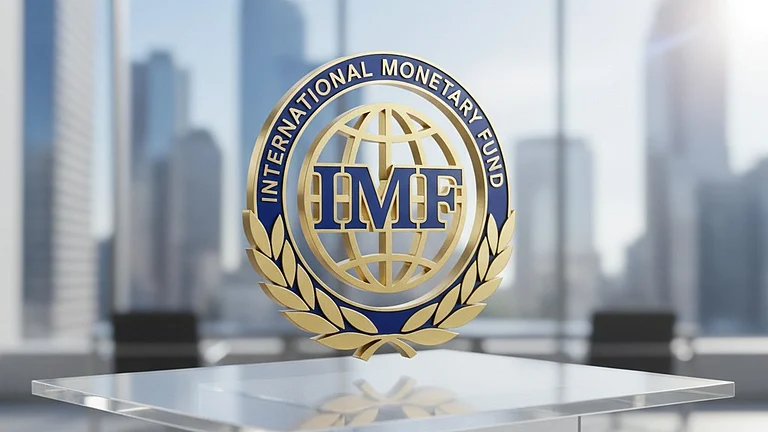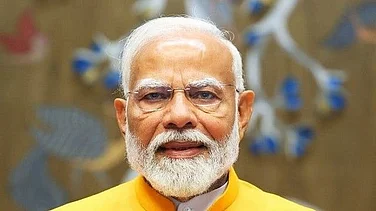
IMF projects India’s FY26 growth at 6.6%, outpacing China’s 4.8%.
Upward revision driven by strong Q1 performance despite higher US tariffs.
Global growth forecast at 3.2% in 2025, easing to 3.1% in 2026.
IMF urges credible fiscal policies and structural reforms to sustain momentum.
India will continue to be one of the fastest growing ‘emerging market and developing economies’ in 2025-26, the International Monetary Fund (IMF) predicted, growing at a rate of 6.6 per cent, according to the World Economic Outlook (WEO) report.
Strong economic performance in the first quarter is responsible for this upward revision. The performance has more than offset the effects of increased US tariffs on Indian goods.
With the latest predictions, India is set to outpace China, which is expected to grow at 4.8 per cent. The revised projections were released by IMF following the effects of US tariffs across various economies and the subsequent deals made between countries amid growing tensions.
However, the 2026 projection of IMF has been lowered to 6.2 per cent, while stating a potential fading of first-quarter momentum.
With the effects of tariffs lower than expected, the international organisation projects global growth at 3.2 per cent in 2025, while slowing to 3.1 per cent in the following year. However, these projections are still lower than the pre-policy-shift forecasts.
According to the IMF report, as reported by news agency ANI, Inflation is projected to continue to decline globally, with variations across countries: above target in the United States--with risks tilted to the upside--and subdued elsewhere.
In addition to that, advanced economies are expected to grow at an average rate of 1.6 per cent, whereas emerging economies are set to grow at 4.2 per cent, with the 2026 projection predicting a 0.2 per cent slowdown.
The IMF also mentioned in its report that Spain is going to be the fastest-growing 'advanced economy', with a growth rate of 2.9 per cent. The United States is also set to grow at 1.9 per cent, down from 2.4 per cent in 2024.
On the other hand, the findings predict Brazil's growth at 2.4 per cent, Canada at 1.2 per cent, Japan at 1.1 per cent. As compared to the IMF’s April forecasts, the October predictions are relatively up but continue to be on a downward revision relative to the pre-tariff policies.
Despite India's rapid growth, the IMF predicts global growth will slow from 3.3 per cent in 2024 to 3.2 per cent in 2026.
Additionally, it has also been predicted that 'prolonged uncertainty, more protectionism, and labour supply shocks' could reduce growth, while "fiscal vulnerabilities, potential financial market corrections, and erosion of institutions could threaten stability."
The IMF has requested policymakers to restore confidence through credible, transparent, and sustainable policies, with trade diplomacy to be paired with macroeconomic adjustment."Fiscal buffers should be rebuilt. Central bank independence should be preserved. Efforts on structural reforms should be redoubled", the IMF noted.
Earlier in October, the IMF announced its revisions to forecasts, projecting an upward growth to 6.6 per cent. That revision was largely due to India's strong growth momentum in the first quarter of FY26, when the economy grew at 7.8 per cent.

































